Business
‘We’re in the abyss’: How the UAW strike could hit the economy on September 20, 2023 at 10:00 am Business News | The Hill
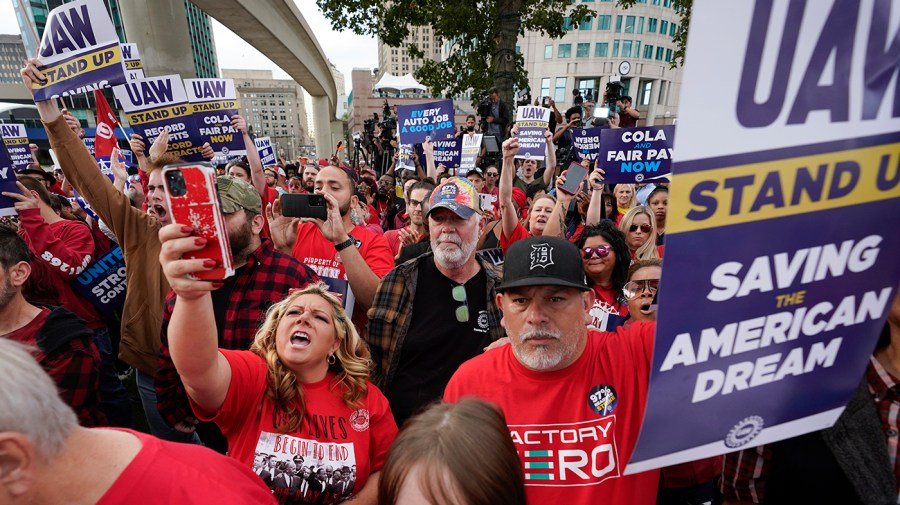
While the current economic impact of a targeted strike by the United Auto Workers (UAW) is limited, the threat of a full walkout looms over contract negotiations with auto giants Ford, General Motors and Stellantis.
Right now, that threat is hard to quantify — any estimate will depend on the length of the strike and how many more workers are called to the picket line.
Even so, the economic impact of a full-fledged 10-day strike against the Big Three could top $5 billion, the Anderson Economic Group estimated in an August report.
A months-long work stoppage could also eat into the Big Three’s cash holdings, Fitch Ratings warned Friday, particularly if the targeted strikes balloon to a widespread shutdown.
And autoworkers are already being laid off by some companies, as thousands more UAW members brace for making just $500 per week on the picket line.
“Nobody knows now. We’re in the abyss,” Pete DeVito Jr., and automotive director of the United Service Workers Union, told The Hill in a phone interview.
After the negotiations broke down before the union’s contract expired at midnight last Friday, UAW President Shawn Fain called on nearly 13,000 workers to strike at three plants — one from each of the Big Three.
“We expect the initial financial impact of this first round of strikes to be limited, since the UAW is only striking one plant each at Ford, GM and Stellantis,” Stephen Brown, senior director at Fitch Ratings, said in a written statement.
During a Facebook Live event hours before the contract deadline, Fain warned that while the initial strike is limited, the union won’t rule out an all-out strike.
Additional strikes could come as soon as Friday at noon without “serious progress” in contract negotiations with the Big Three, Fain said Tuesday.
All three automakers have “robust liquidity positions that will help them to withstand a potentially drawn-out period of production disruption,” Brown added.
A Stellantis spokesperson declined to comment on the current cost of the targeted strikes but said the impact of a strike would depend on the length of the disruption.
Spokespeople for the UAW, Ford and General Motors did not return The Hill’s requests for comment.
Workers are already being laid off
Automakers and suppliers are already planning to lay off nonstriking workers and are ringing alarm bells about the potential long-term impacts.
Ford temporarily laid off 600 workers Friday, citing “knock-on effects” from the strike, and General Motors said it would likely lay off around 2,000 employees, the Detroit Free Press reported.
A Michigan auto supplier also plans to temporarily lay off nearly 300 employees starting Oct. 2, according to a Worker Adjustment and Retraining Notification (WARN) filing. The supplier, CIE Newcor, said in the filing that it tentatively anticipates a one-month layoff, but it would depend on the length of the strike.
A company official did not immediately return The Hill’s request for comment on the filing.
The UAW has amassed an $825 million strike fund, and the union has said it would extend stipends to workers laid off as a result of the strikes.
But the $500 per week stipend for striking and laid-off workers is well under their weekly earnings on the job.
“The first impact of a strike will be felt in auto worker homes and communities, who will see a drop in revenues, as strikers shift to spending less,” Juscelino Filgueiras Colares, a business law professor at Case Western Reserve University, told The Hill in an email.
“Next, depending on the length and scope of the strike […], part suppliers will see a decline in orders, which will also affect workers’ compensation and their communities,” he said.
Another shock to the auto market
DeVito also warned that consumers could bear the brunt of higher car prices, which had just begun to fall from historic highs during the pandemic.
“You’re going to see the prices go back up to COVID levels for the customer,” said DeVito, saying the dealers will need to maximize profits.
High interest rates and inflation have slowed demand for cars, leaving manufacturers and dealerships with high inventories that could help stabilize prices for some vehicles, Colares told The Hill.
“They see their dealers have high inventories; they have had major losses after manufacturing EVs that few consumers can afford or want … and they now face intense competition from Tesla and growing Chinese EV manufacturers,” he said.
Why the Big Three, autoworkers are at odds
The transition to electric vehicles (EVs) underlies the wage, benefit and job security demands the union is making. The union asks include representation for battery plant workers, substantial wage hikes, reduced work hours and restored pensions.
Automakers have argued that their counteroffers are historically generous and the workers’ demands are unrealistic, especially as the companies make massive investments in EV development and manufacturing.
But the union has pointed to skyrocketing company profits and CEO pay at the Big Three in recent years, money it says the companies have not been shared fairly with workers.
Profits at the Big Three collectively rose by 92 percent, and CEO compensation jumped 40 percent from 2013 to 2022, according to an analysis by the Economic Policy Institute released last week.
Inflation has eaten into auto manufacturing workers’ average hourly wages, which dropped 19.3 percent in real dollars since 2008, the left-leaning think tank found.
“These are legitimate factors in what’s led the UAW here today,” DeVito said. “We hope this is a short interruption for everybody’s sake and doesn’t progressively get worse.”
In remarks at the White House on Friday, Biden said record profits should be shared with workers and that he understood workers’ frustrations. But the president stopped short of endorsing the strike, and acknowledged that the companies have made “significant offers.”
During an interview Monday with MSNBC’s “Morning Joe,” Fain said the White House would have no role in the negotiations.
“This battle is not about the President, it’s not about the former president, or any other person prior to that. This battle is about the workers standing up for economic and social justice and getting their fair share, because they’re fed up with going backwards,” Fain said.
Zack Budryk contributed.
Business While the current economic impact of a targeted strike by the United Auto Workers (UAW) is limited, the threat of a full walkout looms over contract negotiations with auto giants Ford, General Motors and Stellantis. Right now, that threat is hard to quantify — any estimate will depend on the length of the strike and…
Business
Why 9 Million Americans Have Left

The Growing American Exodus
Nearly 9 million Americans now live outside the United States—a number that rivals the population of several states and signals a profound shift in how people view the American dream. This mass migration isn’t confined to retirees or the wealthy. Thanks to remote work, digital nomad visas, and mounting pressures at home, young professionals, families, and business owners are increasingly joining the ranks of expats.
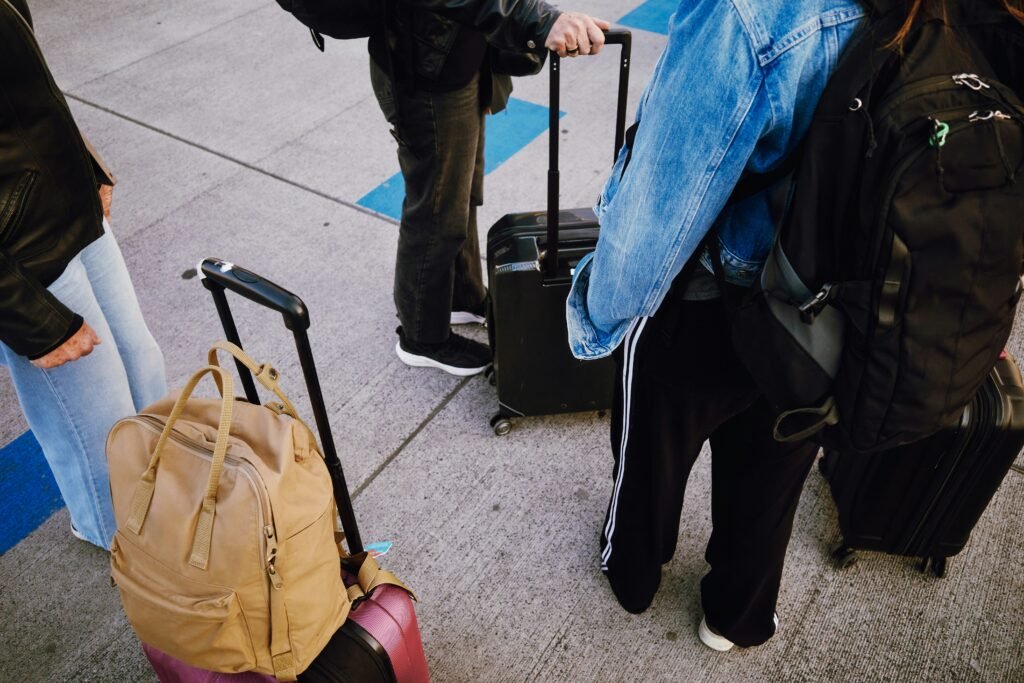
Rising Costs and Shrinking Wallets
Living in the US has become increasingly expensive. Weekly grocery bills topping $300 are not uncommon, and everyday items like coffee and beef have surged in price over the last year. Rent, utilities, and other essentials also continue to climb, leaving many Americans to cut meals or put off purchases just to make ends meet. In contrast, life in countries like Mexico or Costa Rica often costs just 50–60% of what it does in the US—without sacrificing comfort or quality.
Health Care Concerns Drive Migration
America’s health care system is a major trigger for relocation. Despite the fact that the US spends more per person on health care than any other country, millions struggle to access affordable treatment. Over half of Americans admit to delaying medical care due to cost, with households earning below $40,000 seeing this rate jump to 63%. Many expats point to countries such as Spain or Thailand, where health care is both affordable and accessible, as a major draw.
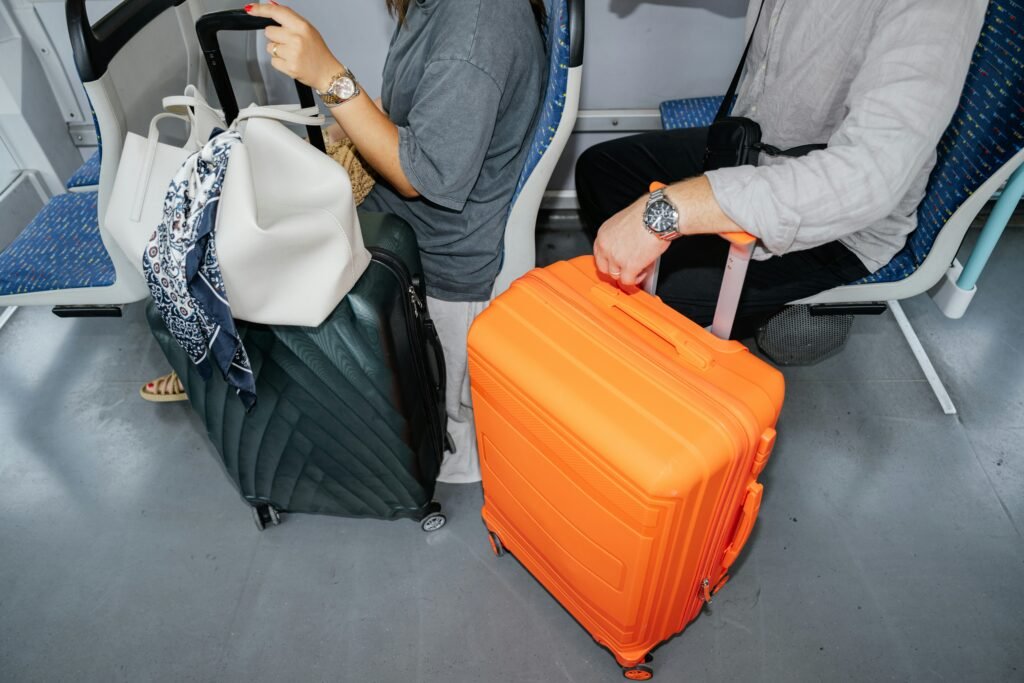
Seeking Safety Abroad
Public safety issues—especially violent crime and gun-related incidents—have made many Americans feel unsafe, even in their own communities. The 2024 Global Peace Index documents a decline in North America’s safety ratings, while families in major cities often prioritize teaching their children to avoid gun violence over simple street safety. In many overseas destinations, newly arrived American families report a significant improvement in their sense of security and peace of mind.
Tax Burdens and Bureaucracy
US tax laws extend abroad, requiring expats to file annual returns and comply with complicated rules through acts such as FATCA. For some, the burden of global tax compliance is so great that thousands relinquish their US citizenship each year simply to escape the paperwork and scrutiny.
The Digital Nomad Revolution
Remote work has unlocked new pathways for Americans. Over a quarter of all paid workdays in the US are now fully remote, and more than 40 countries offer digital nomad visas for foreign professionals. Many Americans are leveraging this opportunity to maintain their US incomes while cutting costs and upgrading their quality of life abroad.
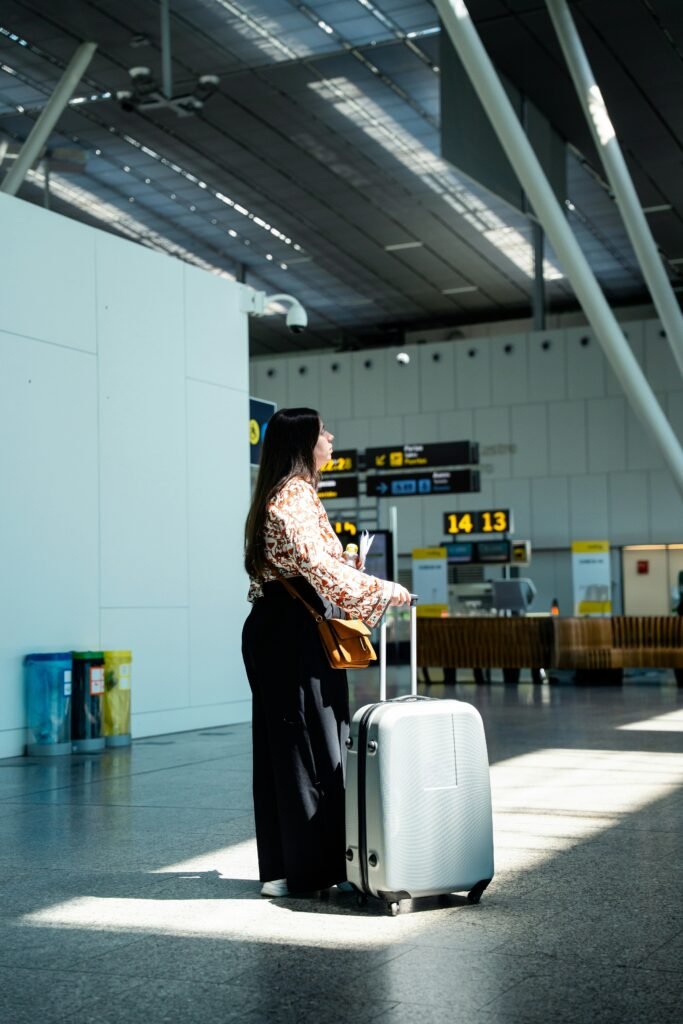
Conclusion: Redefining the Dream
The mass departure of nearly 9 million Americans reveals deep cracks in what was once considered the land of opportunity. Escalating costs, inaccessible healthcare, safety concerns, and relentless bureaucracy have spurred a global search for better options. For millions, the modern American dream is no longer tied to a white-picket fence, but found in newfound freedom beyond America’s borders.
Business
Will Theaters Crush Streaming in Hollywood’s Next Act?

Hollywood is bracing for a pivotal comeback, and for movie lovers, it’s the kind of shake-up that could redefine the very culture of cinema. With the freshly merged Paramount-Skydance shaking up its strategy, CEO David Ellison’s announcement doesn’t just signal a change—it reignites the passion for moviegoing that built the magic of Hollywood in the first place.

Theatrical Experience Roars Back
Fans and insiders alike have felt the itch for more event movies. For years, streaming promised endless options, but fragmented attention left many longing for communal spectacle. Now, with Paramount-Skydance tripling its film output for the big screen, it’s clear: studio leaders believe there’s no substitute for the lights, the hush before the opening credits, and the collective thrill of reacting to Hollywood’s latest blockbusters. Ellison’s pivot away from streaming exclusives taps deep into what unites cinephiles—the lived experience of cinema as art and event, not just content.
Industry Pulse: From Crisis to Renaissance
On the financial front, the numbers are as electrifying as any plot twist. After years of doubt, the box office is roaring. AMC, the world’s largest theater chain, reports a staggering 26% spike in moviegoer attendance and 36% revenue growth in Q2 2025. That kind of momentum hasn’t been seen since the heyday of summer tentpoles—and it’s not just about more tickets sold. AMC’s strategy—premium screens, with IMAX and Dolby Cinema, curated concessions, and branded collectibles—has turned every new release into an event, driving per-customer profits up nearly 50% compared to pre-pandemic norms.
Blockbusters Lead the Culture
Forget the gloom of endless streaming drops; when films like Top Gun: Maverick, Mission: Impossible, Minecraft, and surprise hits like Weapons and Freakier Friday draw crowds, the industry—and movie fans—sit up and take notice. Movie-themed collectibles and concession innovations, from Barbie’s iconic pink car popcorn holders to anniversary tie-ins, have made each screening a moment worth remembering, blending nostalgia and discovery. The focus: high-impact, shared audience experiences that streaming can’t replicate.
Streaming’s Limits and Studio Strategy
Yes, streaming is still surging, but the tide may be turning. The biggest franchises, and the biggest cultural events, happen when audiences come together for a theatrical release. Paramount-Skydance’s shift signals to rivals that premium storytelling and box office spectacle are again at the center of Hollywood value creation. The result is not just higher profits for exhibitors like AMC, but a rebirth of movie-going as the ultimate destination for fans hungry for connection and cinematic adventure.
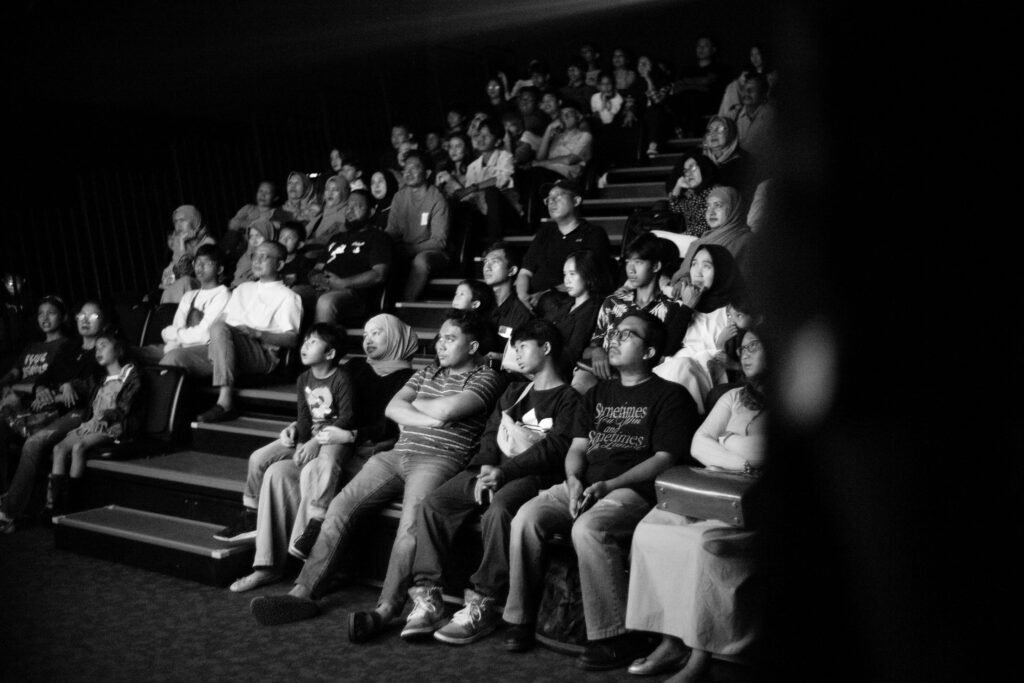
Future Forecast: Culture, Community, and Blockbuster Dreams
As PwC and others warn that box office totals may take years to fully catch up, movie lovers and industry leaders alike are betting that exclusive theatrical runs, enhanced viewing experiences, and fan-driven engagement are the ingredients for long-term recovery—and a new golden age. The Paramount-Skydance play is more than a business move; it’s a rallying cry for the art of the theatrical event. Expect more big bets, more surprises, and—finally—a long-overdue renaissance for the silver screen.
For those who believe in the power of cinema, it’s a thrilling second act—and the best seat in the house might be front and center once again.
Business
Why Are Influencers Getting $7K to Post About Israel?

Influencers are being paid as much as $7,000 per post by the Israeli government as part of an expansive and sophisticated digital propaganda campaign. This effort is designed to influence global public opinion—especially among younger social media users—about Israel’s actions in Gaza and to counter critical narratives about the ongoing humanitarian situation.

How Much Is Being Spent?
Recent reports confirm that Israel has dedicated more than $40 million this year to social media and digital influence campaigns, targeting popular platforms such as TikTok, YouTube, and Instagram. In addition to direct influencer payments, Israel is investing tens of millions more in paid ads, search engine placements, and contracts with major tech companies like Google and Meta to push pro-Israel content and challenge critical coverage of issues like the famine in Gaza.
What’s the Strategy?
- Influencer Contracts: Influencers are recruited—often with all-expenses-paid trips to Israel, highly managed experiences, and direct payments—to post content that improves Israel’s image.
- Ad Campaigns: State-backed ad buys show lively Gaza markets and restaurants to counter global reports of famine and humanitarian crisis.
- Narrative Management: These posts and ads often avoid overt propaganda. Instead, they use personal stories, emotional appeals, and “behind the scenes” glimpses intended to humanize Israel’s side of the conflict and create doubt about reports by the UN and humanitarian agencies.
- Amplification: Paid content is strategically promoted so it dominates news feeds and is picked up by news aggregators, Wikipedia editors, and even AI systems that rely on “trusted” digital sources.
Why Is This Happening Now?
The humanitarian situation in Gaza has generated increasing international criticism, especially after the UN classified parts of Gaza as experiencing famine. In this environment, digital public relations has become a primary front in Israel’s efforts to defend its policies and limit diplomatic fallout. By investing in social media influencers, Israel is adapting old-school propaganda strategies (“Hasbara”) to the era of algorithms and youth-driven content.
Why Does It Matter?
This campaign represents a major blurring of the lines between paid promotion, journalism, and activism. When governments pay high-profile influencers to shape social media narratives, it becomes harder for audiences—especially young people—to distinguish between authentic perspectives and sponsored messaging.

In short: Influencers are getting $7,000 per post because Israel is prioritizing social media as a battleground for public opinion, investing millions in shaping what global audiences see, hear, and believe about Gaza and the conflict.

 Business4 weeks ago
Business4 weeks agoDisney Loses $3.87 Billion as Subscription Cancellations Surge After Kimmel Suspension

 Entertainment4 weeks ago
Entertainment4 weeks agoWhat the Deletion Frenzy Reveals in the David and Celeste Tragedy

 Entertainment4 weeks ago
Entertainment4 weeks agoExecutive Producer Debut: How Celia Carver Created Festival Hit ‘Afterparty’

 Health4 weeks ago
Health4 weeks agoRussia Claims 100% Success With New mRNA Cancer Vaccine

 Business3 weeks ago
Business3 weeks agoWhy Are Influencers Getting $7K to Post About Israel?

 Health4 weeks ago
Health4 weeks agoWhy Did Gen Z QUIT Drinking Alcohol?

 Advice4 weeks ago
Advice4 weeks agoHow AI Is Forcing Everyone Into the Entrepreneur Game

 Entertainment3 weeks ago
Entertainment3 weeks agoKeith Urban and Nicole Kidman Split After 20 Years as Actress Files for Divorce




























